
Scientifica’s picks of neuroscience research stories from June 2018
This month’s must-read neuroscience stories include a non-invasive way of permanently correcting vision, a potential treatment for drug addiction relapse and the first 3D atomic structure of a major neurotransmitter receptor in the brain. Happy reading!
1. Wireless system can power devices inside the body
Scientists at MIT and Brigham and Women’s Hospital have developed implants that are powered by radio waves and can be communicated with from outside the body.
These devices, which can be implanted deep within the human body, do not require batteries and could be used to monitor internal body conditions, deliver drugs or treat diseases.
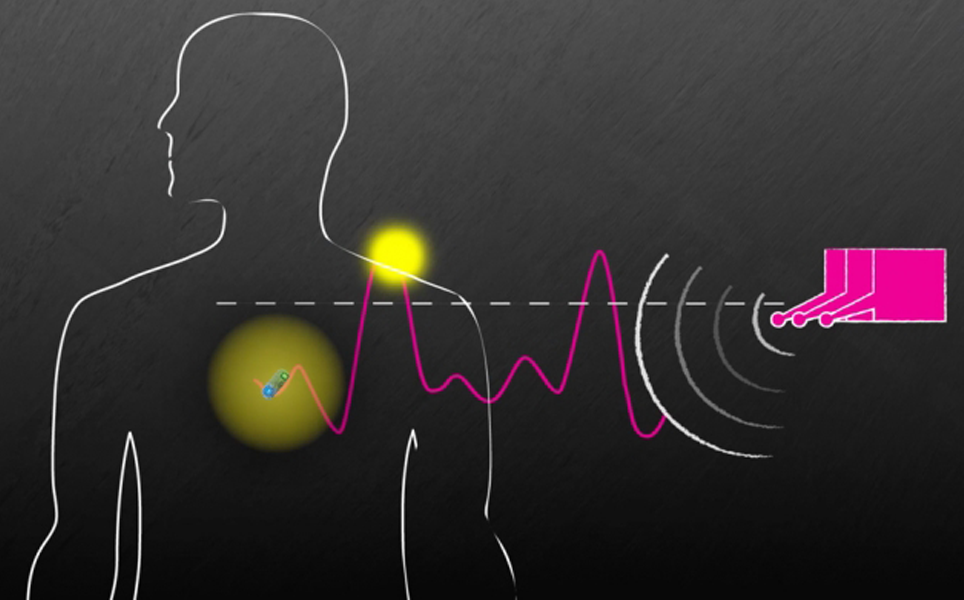
Find out more
2. Human blood cells transformed into functional neurons
Researchers at Stanford University have developed a method to convert human immune cells in the blood to functional neurons that can be used to study neurological disorders in the laboratory.
The process has a high efficiency, only takes three weeks and requires the addition of just four proteins. Although the neurons are unable to form mature synapses with one another, they are able to carry out the main functions of neurons. They will be used to investigate schizophrenia and autism.
Grow your own neurons
3. Fright and flight: deciding when to escape
Researchers at the Sainsbury Wellcome Centre have elucidated a subcellular mechanism by which the brain computes the level of threat and decides when to escape.
This level of understanding can help us understand what goes wrong in conditions such as post-traumatic stress disorder and severe anxiety, where this defensive behaviour is exaggerated.
A SliceScope Pro upright microscope was used in this research to carry out electrophysiological recordings in acute midbrain slices.
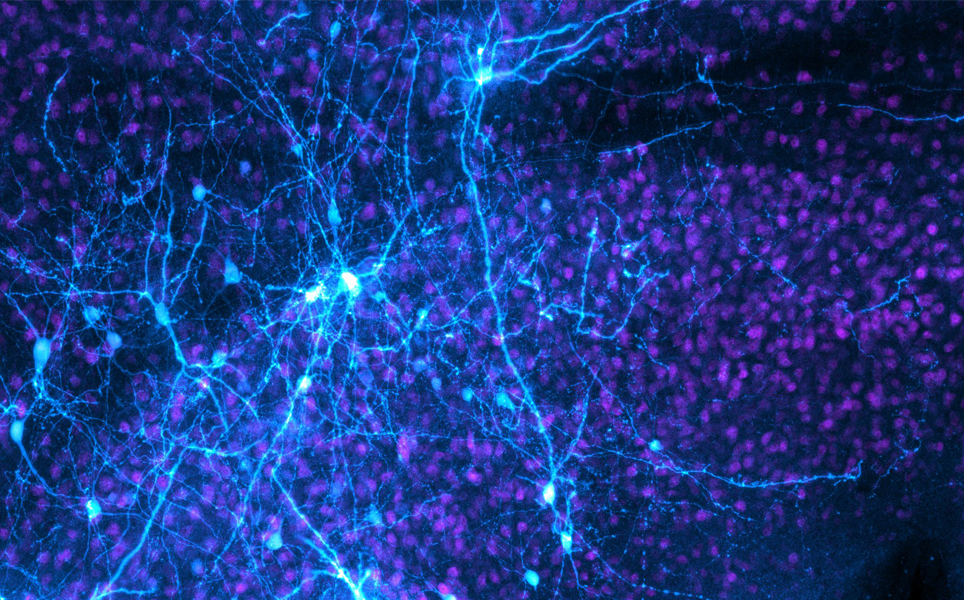
Escape here
4. Columbia Engineers invent a non-invasive technique to correct vision
A non-invasive method of permanently correcting vision has been developed by engineers at Columbia University.
An ultrafast laser delivers pulses of low-energy light at high repetition rates to selectively alter the biochemical and biomechanical properties of corneal tissue. The technique is non-surgical and has fewer side effects than corneal refractive surgery. It could be used to treat myopia, hyperopia, astigmatism and irregular astigmatism.
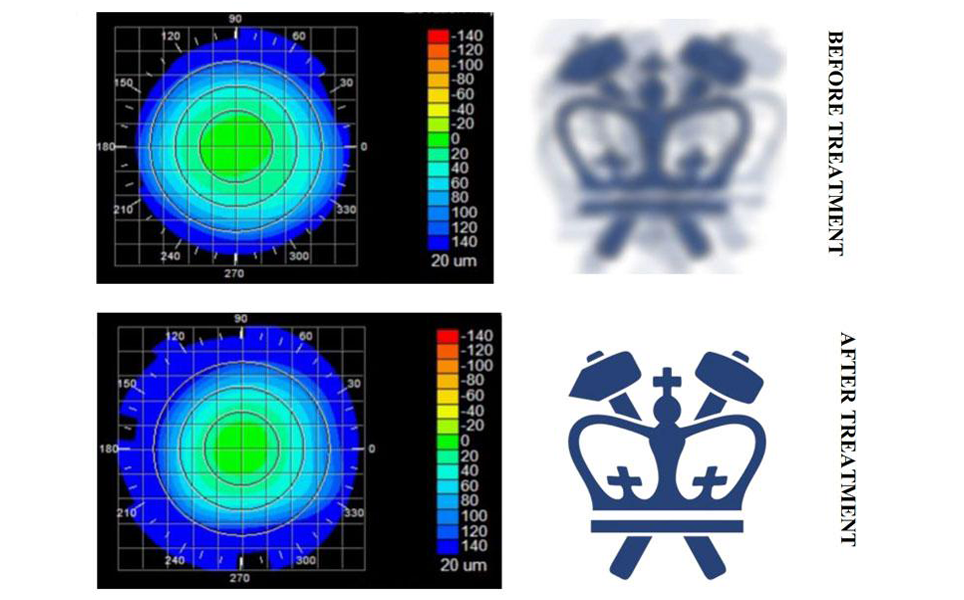
No more glasses!
5. Lab-grown neurons improve breathing in rats after spinal cord injury
By transplanting lab-grown V2a interneurons, researchers from Drexel University College of Medicine and the University of Texas at Austin improved respiratory function in rodents with spinal cord injuries.
Embryonic stem cells were differentiated into V2a interneurons and combined with neural progenitor cells from the spinal cord of a rodent. The V2a interneurons were then transplanted into rodents with spinal cord injuries, where they matured and significantly improved breathing in the animals who had received the transplants.
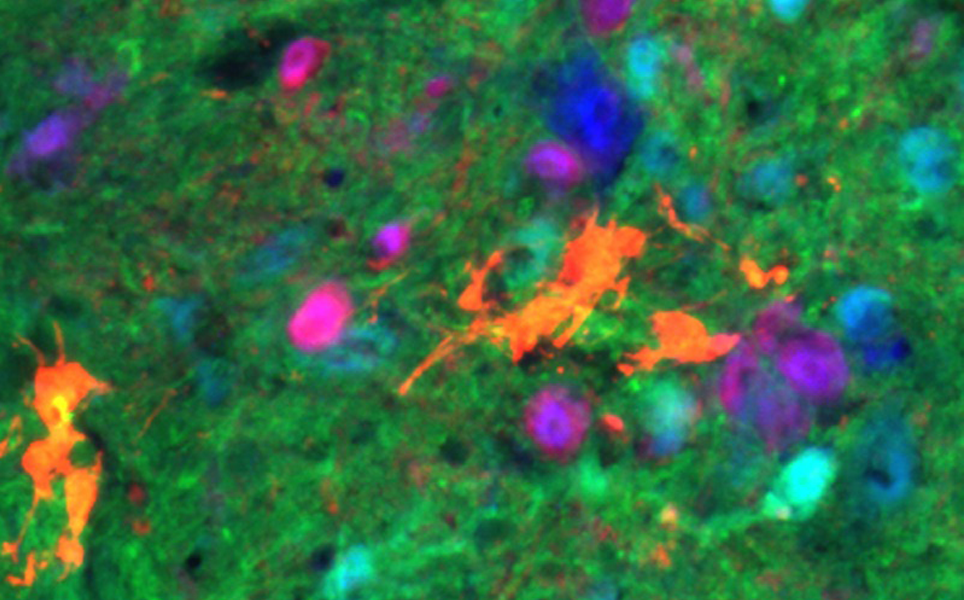
Learn more
6. Scientists unravel molecular mechanisms of Parkinson’s disease
How the alpha-synuclein protein clumps that build up in the brain of patients with Parkinson’s disease are toxic to neurons has been discovered by a collaboration of scientists from the Francis Crick Institute, UCL, the UK Dementia Research Institute at the universities of Cambridge and Edinburgh and New York University.
The team discovered that the protein clumps damage proteins on the surface of mitochondria, making them less efficient at producing energy, as well as causing mitochondria to swell and burst by causing a channel on their surface to open.
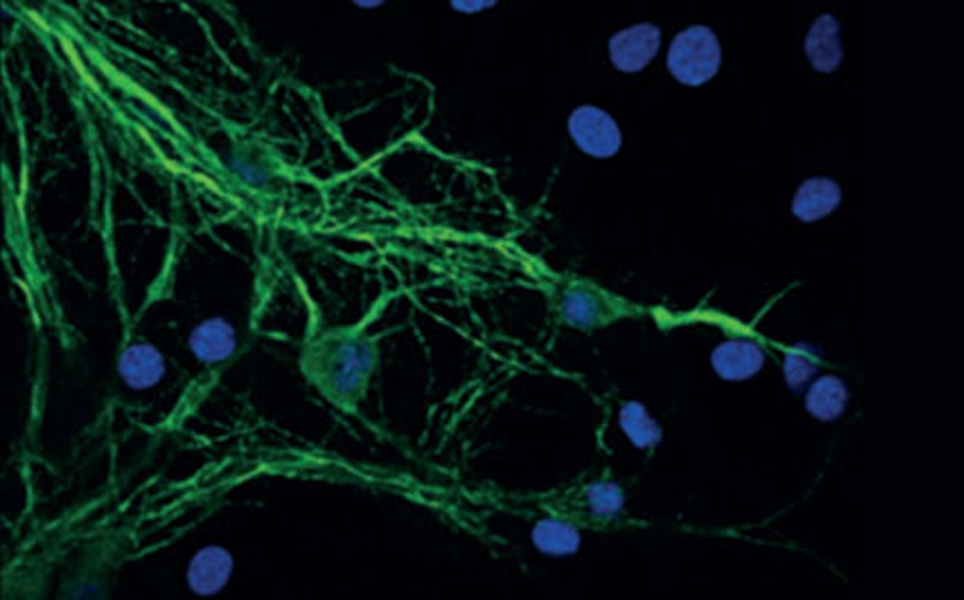
Click here
7. Potential treatment for drug addiction relapse revealed
Scientists at the University of Bath have found a potential mechanism to block drug addiction relapse, a major problem when treating drug addiction.
The team used a selective blocker to block the acetylcholine receptor, alpha7 nicotinic receptor. When this receptor was blocked, relapse to morphine-seeking behaviour in mice and rats was blocked. This implicated the cholinergic system in the relapse mechanism and identified a potential target for preventing drug addiction relapse.

Find out more
8. Bringing a human touch to modern prosthetics
Scientists at Johns Hopkins University have created an electronic skin, called an e-dermis, that can be layered onto prosthetic hands to allow users to experience sensations of touch and pain.
The e-dermis contains sensors that mimic nerve endings by sensing stimuli and relaying impulses back to peripheral nerves in the arm.
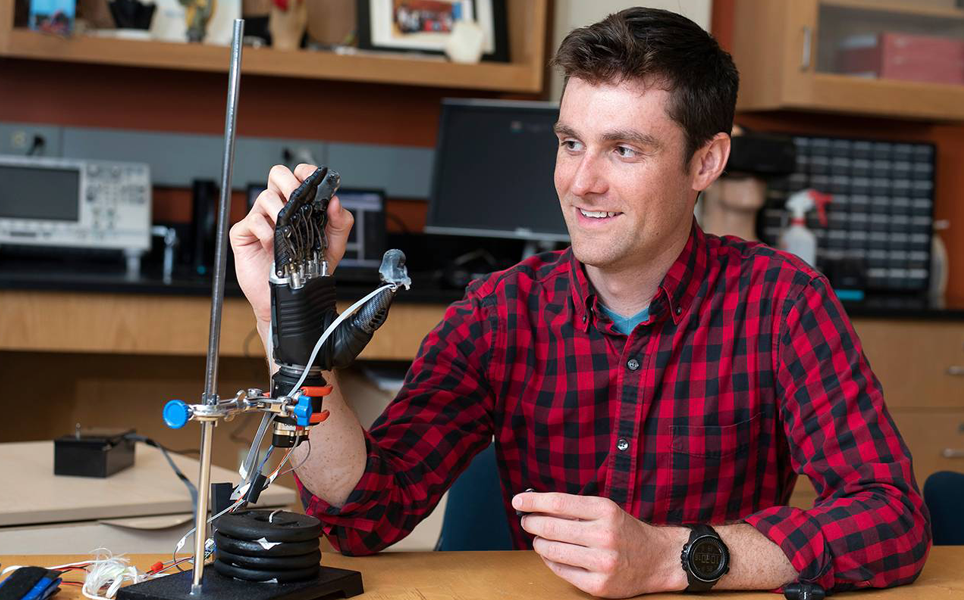
More here
9. UTSW researchers solve structure of major brain receptor that is treatment target for epilepsy and anxiety
Researchers at UT Southwestern have published the first 3D atomic structure of the GABAA receptor bound to the GABA neurotransmitter and the drug flumazenil.
The GABAA receptor is one of the most abundant neurotransmitter receptors in the brain. Many drugs bind to it, including benzodiazepines, which are used for surgical anaesthesia and to treat epilepsy, anxiety and insomnia. Cryo-electron microscopy was used to obtain the structure, which will allow researchers to understand how drugs bind to the receptor, enabling new drugs that treat neurological diseases to be developed.
Learn more
10. New regulator of neuron formation identified
Scientists at the Institute for Research in Biomedicine Barcelona, University of Barcelona and the Molecular Biology Institute of Barcelona have identified that the protein NEK7 regulates neuron formation in the hippocampus. The researchers found that it is essential for dendrite growth and branching, as well as the formation and shaping of dendritic spines.
The NEK7 gene was already known to regulate microtubules and centrosomes in mitosis, but until now, it’s role in regulating neuron formation was unknown. Many cancer drugs target microtubules and microtubule-regulating proteins. Therefore, this discovery will not only lead to a better understanding of the role of microtubules in neurons, but may also help to predict the side effects of cancer drugs.
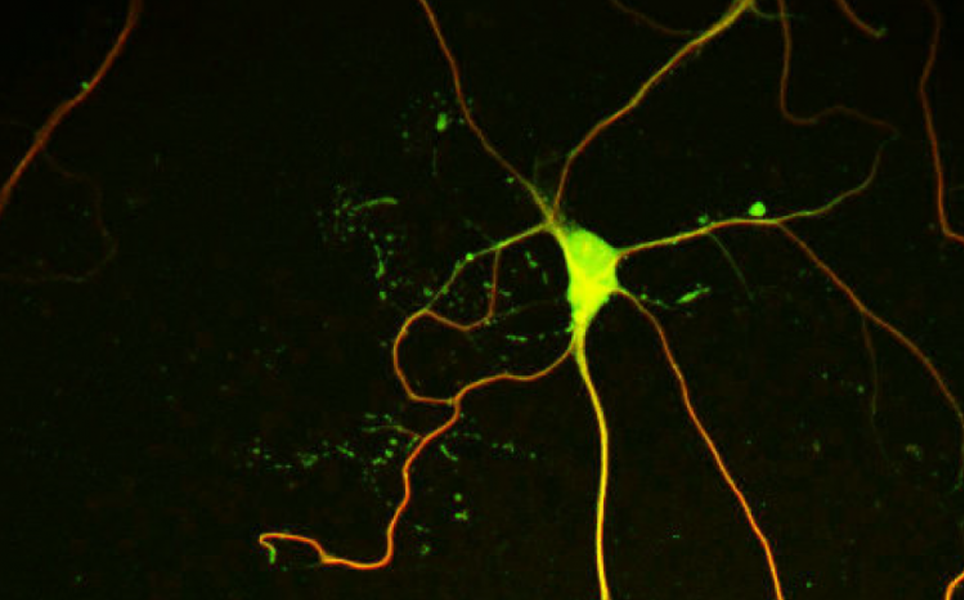
More about the discovery
Please send all electronic skin, lab-grown interneurons, comments and suggestions to [email protected]
Banner image credit: Sainsbury Wellcome Centre for Neural Circuits and Behaviour at UCL
Sign up to receive our latest news
Find out about Scientifica's latest product releases, company news, and developments through a range of news articles, customer interviews and product demonstration videos

)